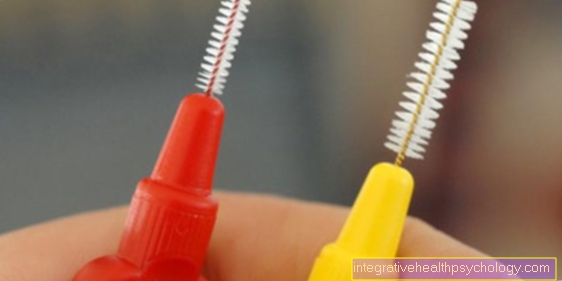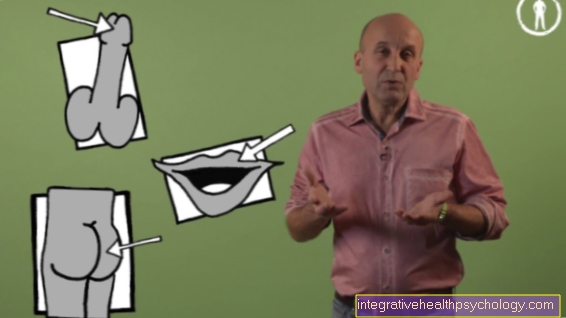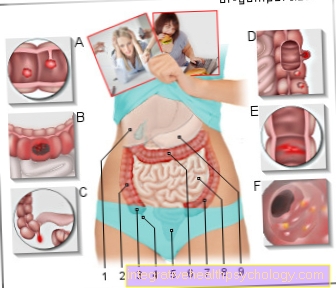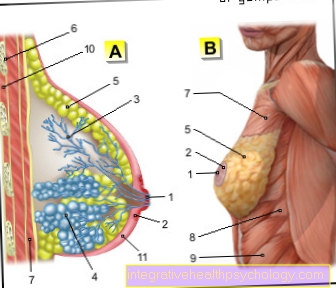Standing back isolator with the expander
introduction
The movement of the back isolator with the expander is an opposite movement of the butterfly for the chest muscles. Since the wrists are not moved towards the upper body but to the side during this exercise, there is increased stress on the upper middle back muscles.
muscles involved
- Tail muscle
- Trapezius
- broad back muscle
Motion description

The expander is securely attached in front of the body. The two ends are wrapped around the wrists and held tightly in the hand. The upper body is in a light upper body template. In order to allow the spine a larger contact surface, the athlete stands in a step position. The hands are stretched in front of the body at shoulder height. The expander is already pre-stretched.
In the execution of the movement, the expander band is guided to the side of the body. the upper body moves as little as possible. All movement must be slow and controlled. To ensure safety during training, the flawless condition of the expander must be checked before each training session.
Safety during expander training
Even if the expander is not a weight, this form of strength training is not without danger. In many exercises, there is high tensile resistance, which can cause the expander band to tear. Before training, you should therefore always check that the expander is in perfect condition and replace it if necessary.
Further information
Here you can find more information about back muscle training with the expander
- Seated rowing with the expander
- Rowing standing with the expander
- Hyperextension with the expander
Back to overview Expander training





























